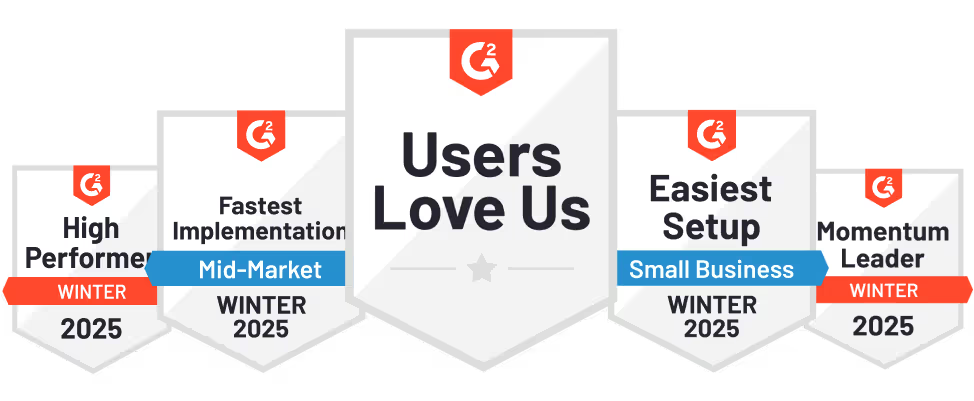Google Ads is deceptively powerful. Beneath its search bar simplicity lies one of the most sophisticated advertising engines ever built. To succeed, you must understand how Google structures your account—and why even small structural missteps can quietly drain your budget without warning.
Let’s break it down.
Hierarchy Breakdown: How Google Ads Organizes Campaigns
Google Ads operates on a strict hierarchy. Each level has a distinct purpose, and aligning them correctly is fundamental to building efficient, profitable campaigns.
- Account Level: The Control Tower
At the very top, your Google Ads account acts as the nerve center.
It controls:
- Billing & Payments: Defines how you pay Google (credit card, invoicing, etc.)
- Administrative Settings: Manages user access, security, and overall account-level integrations.
If your account setup is messy (multiple users, unclear billing, no access restrictions), it will trickle down into poor campaign discipline.
💡 Tip: Always set up proper admin privileges and audit account access quarterly.
- Campaign Level: Budget and Goal Alignment
Each campaign you create sits within your account and controls key tactical settings, such as:
- Budget Allocation: How much you're willing to spend daily.
- Bidding Strategy: Manual CPC, Maximize Conversions, Target CPA, etc.
- Targeting Basics: Geography, language, network selection (Search, Display, YouTube, Shopping).
- Objective Alignment: Lead generation, brand awareness, app installs, sales, etc.
Poorly structured campaigns lead to blurred objectives—and budgets leaking into irrelevant traffic.
💡 Tip: One campaign = one objective. Mixing objectives inside a campaign is a silent killer of performance.
- Ad Group Level: Thematic Organization
Inside each campaign, you create ad groups.
Think of ad groups as the theme setters. Each ad group:
- Clusters Related Keywords: Based on a central theme or topic.
- Aligns with Specific Audience Segments: Demographics, interests, intent.
- Connects to Specific Ads: Tailored messaging for a group of related searches.
The tighter your ad groups, the more relevant your ads will be—and Google rewards relevance with lower CPCs and higher Quality Scores.
💡 Tip: Don’t force-fit 30 keywords into one ad group. Aim for 5–15 tightly related keywords per ad group for precision.
📑Good Read: Google Search Ads - The More (Data), The Merrier
📑Good Read: Google Ads: Better Audience Segments with Factors
- Ad Level: The Creative Front
Finally, we reach the ads themselves, what users actually see.
At the ad level, you control:
- Copywriting: Headlines, descriptions, CTAs.
- Creative Assets: Images, videos (for Display and YouTube).
- Final URLs: Landing pages customized per ad group.
- Path Fields: Text displayed as part of your ad’s URL, helping users predict landing page content.
💡 Tip: Each ad should mirror the keyword and intent of its ad group. Anything less invites lower CTRs and wasted spend.
- Extensions & Assets: The Unsung Heroes
Google Ads allows you to attach extensions (now called assets) to your ads—giving you more real estate, credibility, and clickability without extra cost.
Common asset types include:
According to Google's internal benchmarks (2024), advertisers who use assets see an average 15% higher CTR.
💡 Tip: Always add the maximum number of assets allowed. More options = more user engagement.
How to Structure Google Ads for Success
Once you understand the hierarchy, the next step is strategic segmentation. Your structure depends entirely on what you're selling, and who you're targeting.
Here are the top-performing approaches:
Funnel-Based Segmentation: Awareness, Consideration, Conversion
Split campaigns based on the stage of your buyer’s journey:
💡 Tip: Use broad match only for awareness-stage campaigns paired with smart bidding. Never for conversion-stage targeting.
- Product-Based Segmentation: Mirror Your Catalog
Especially useful for e-commerce, SaaS, and multi-service companies.
Structure campaigns around:
- Product categories (e.g., Running Shoes vs. Hiking Shoes)
- Feature differences (e.g., CRM vs. Marketing Automation modules)
- Pricing tiers (e.g., Starter Plan vs. Enterprise Plan)
It allows granular control over budgets, bids, and messaging based on product profitability.
- Geographic Campaign Structure: Local Precision
If your business serves different regions, separate campaigns by:
- Countries
- States
- Cities
- Zip codes
Localized campaigns allow you to:
- Tailor ad copy to regional language/dialect
- Manage bidding more precisely based on regional performance
- React quickly to changes in local demand
💡 Tip: Avoid mixing countries or vastly different geographies in a single campaign—it destroys optimization.
- Single-Keyword Ad Groups (SKAGs) vs. Broad Campaigns
Single-Keyword Ad Groups (SKAGs):
- 1 keyword = 1 ad group
- Hyper-specific matching between search intent and ad
- Higher Quality Scores and lower CPCs
- More control but also more maintenance
Broad Campaigns:
- Thematic clusters of similar keywords
- Easier to manage at scale
- Dependent on Google's automation for matching
💡 Tip: SKAGs can boost profitability for mature, high-volume accounts. Broad thematic ad groups with smart bidding work better for newer, low-data accounts.
.svg)


